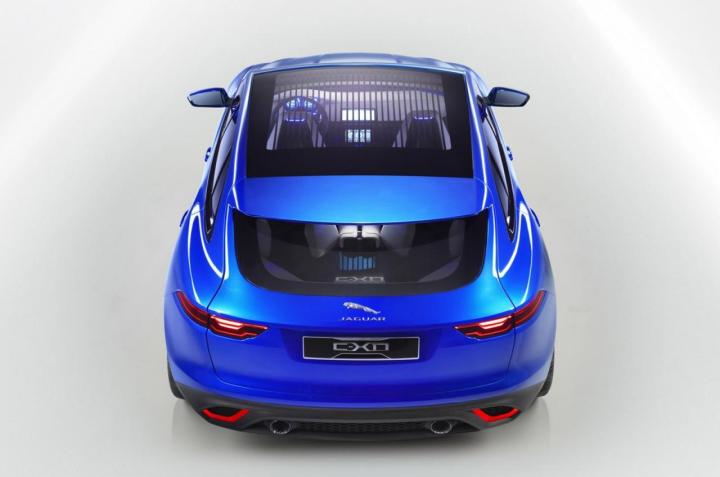
That model will be called the J-Pace, and will be a three-row, seven-seat crossover aimed at the Mercedes-Benz GL-Class, according to a recent report from Automobile Magazine.
The J-Pace would reportedly be based on the the next version of sibling brand Land Rover’s Range Rover, sharing the aluminum D7 architecture. Naturally, the chassis will be worked over by Jaguar designers, with an upsized version of the styling shared by the F-Pace and recent Jag sedans.
The Range Rover platform will produce a vehicle of immense size, perfect for taking on the Titanic GL-Class, as well as the upcoming Audi Q8 and BMW X7. The J-Pace would be the SUV counterpart to Jaguar’s XJ full-size sedan, hence the name.
Its model range will reportedly include both short- and long-wheelbase versions, with V6 and V8 powertrains, as well as a plug-in hybrid and sportier RS and SVR variants.
On the other end of the spectrum, Jaguar may also build a smaller E-Pace crossover, which would be the SUV equivalent of the new XE sedan, and a little sibling to the F-Pace. This model is apparently still just an idea, and one in flux at that.
The E-Pace will most likely share the Jaguar Land Rover D8 platform with the Range Rover Evoque and Discovery Sport, but Jag could position it either against the Audi Q5, BMW X3, and Mercedes-Benz GLK-Class, or against the smaller, more car-like Audi Q3, BMW X1, and Mercedes GLA-Class.
While the J-Pace is expected to debut in 2019, the E-Pace may not arrive until sometime well into the next decade. When it does, it’ll be hard for anyone familiar with Jaguar’s current lineup to recognize that SUV-filled future version.
Editors' Recommendations
- Car climate controls are better with a knob, but Range Rover does digital right
- Audi E-Tron vs. Jaguar I-Pace
- BlackBerry will provide cybersecurity for future Jaguar Land Rover vehicles
- I used to be a die-hard petrol-head, but Jaguar’s electric SUV converted me
- Jaguar Land Rover built an A.I.-equipped car that responds to the driver’s mood


